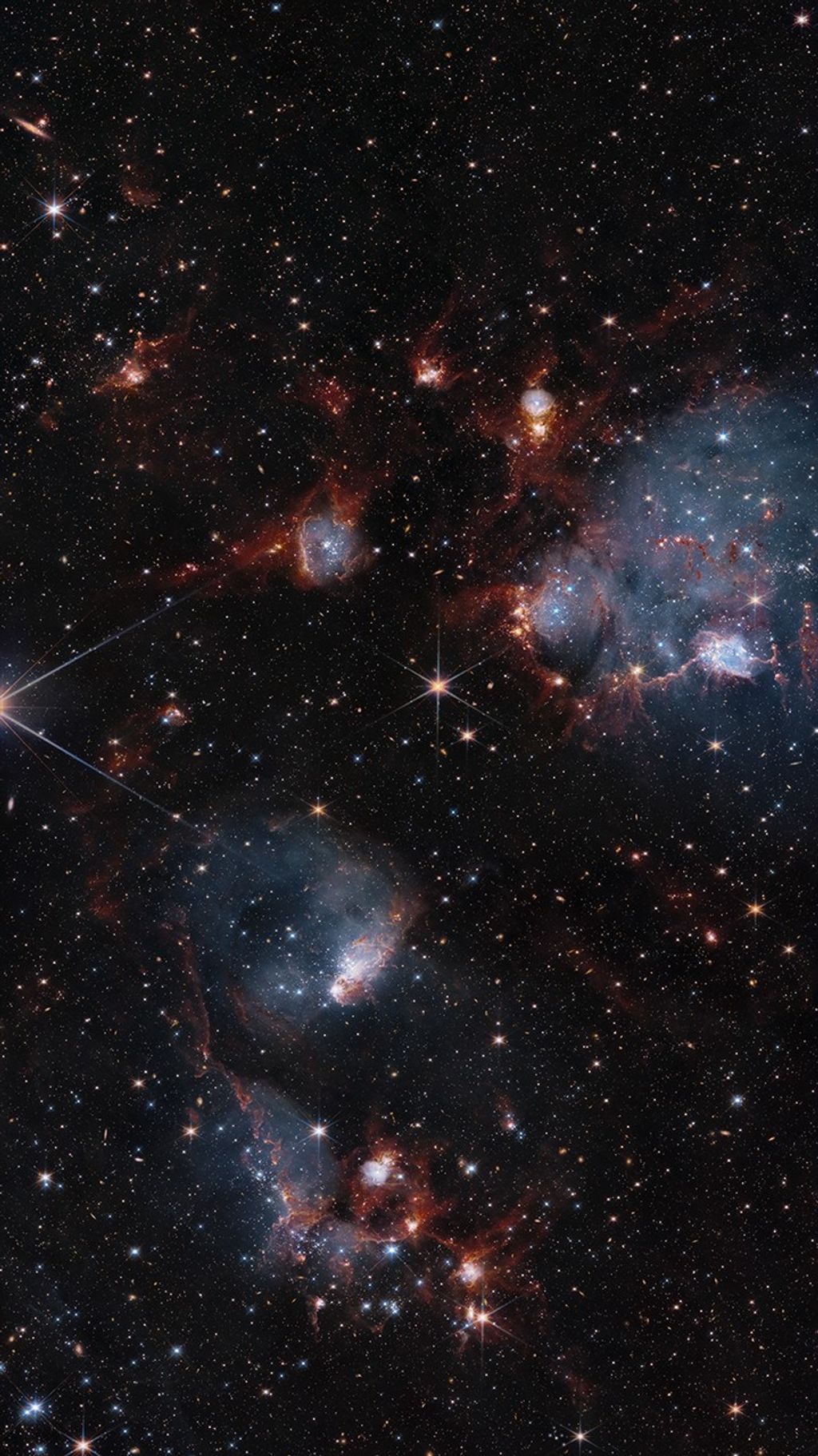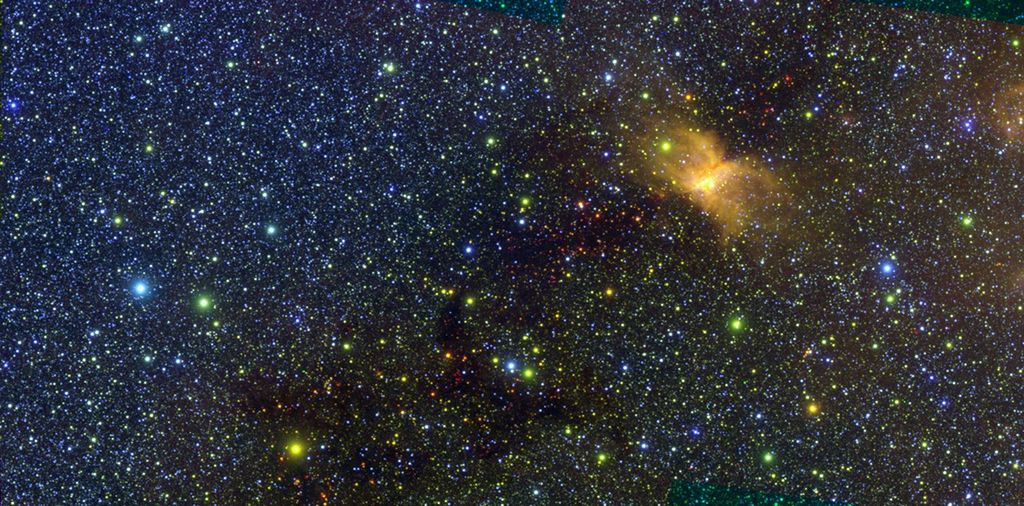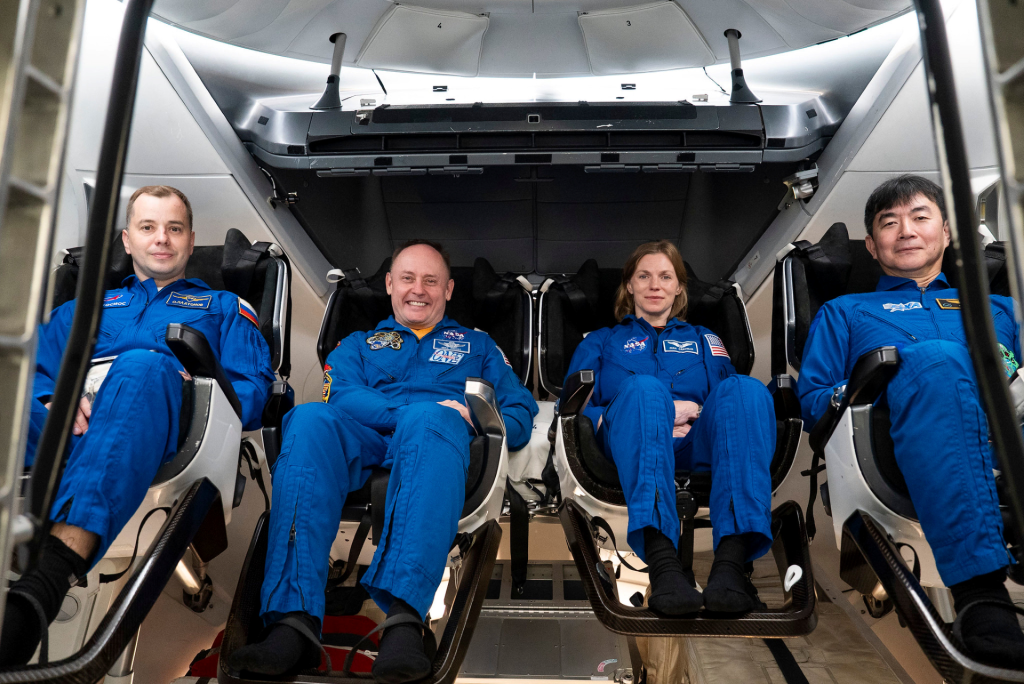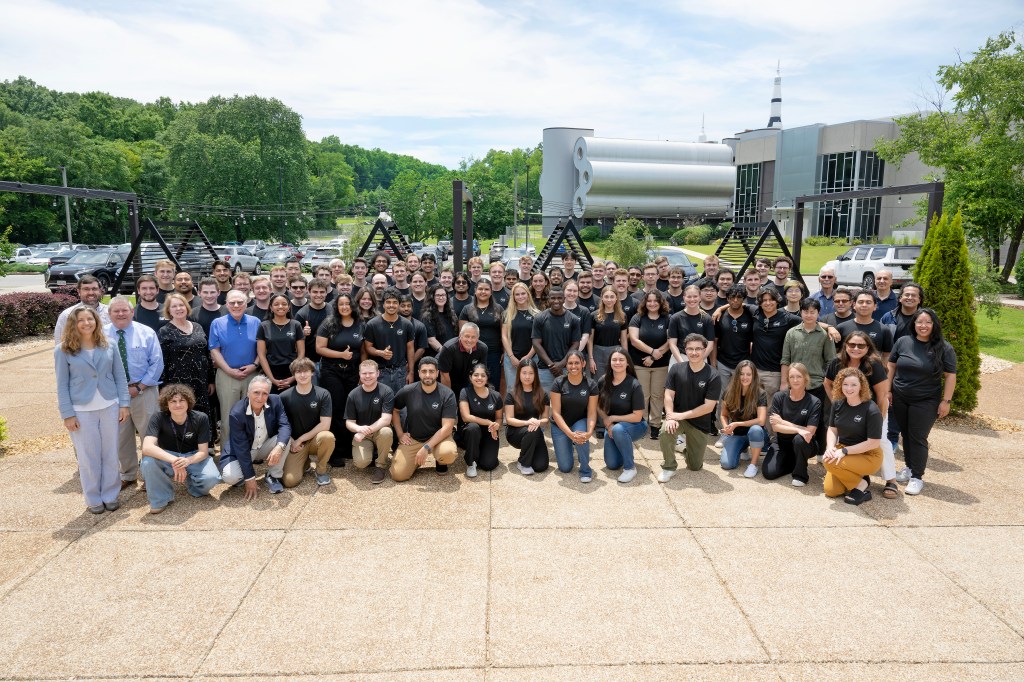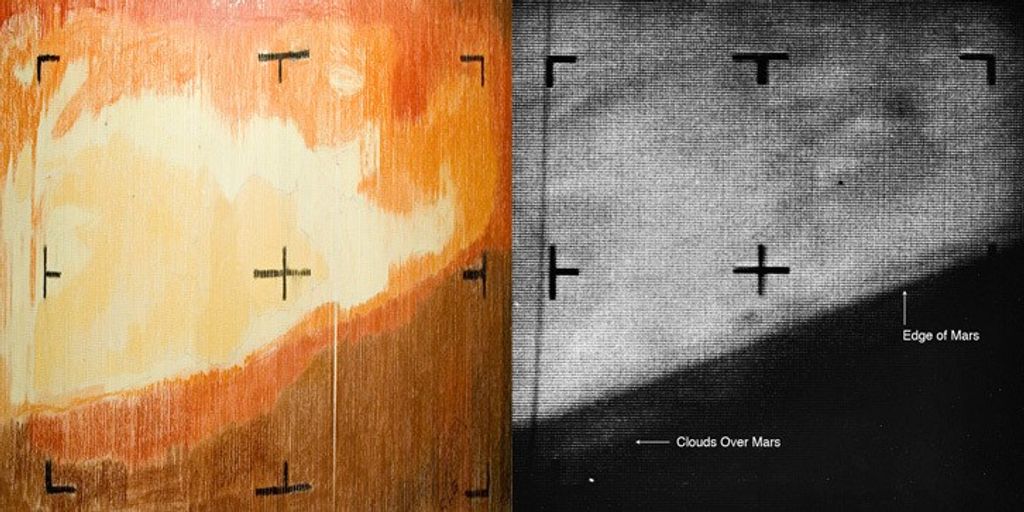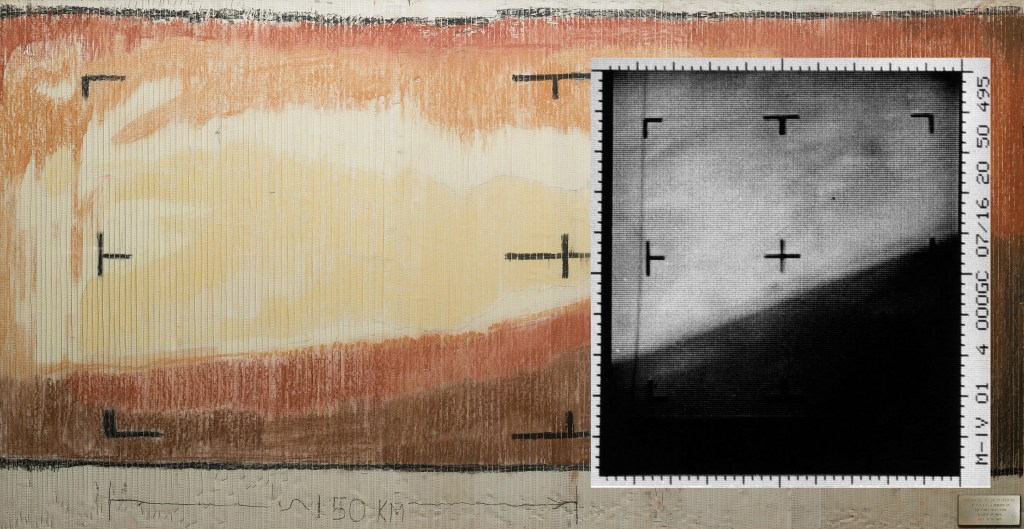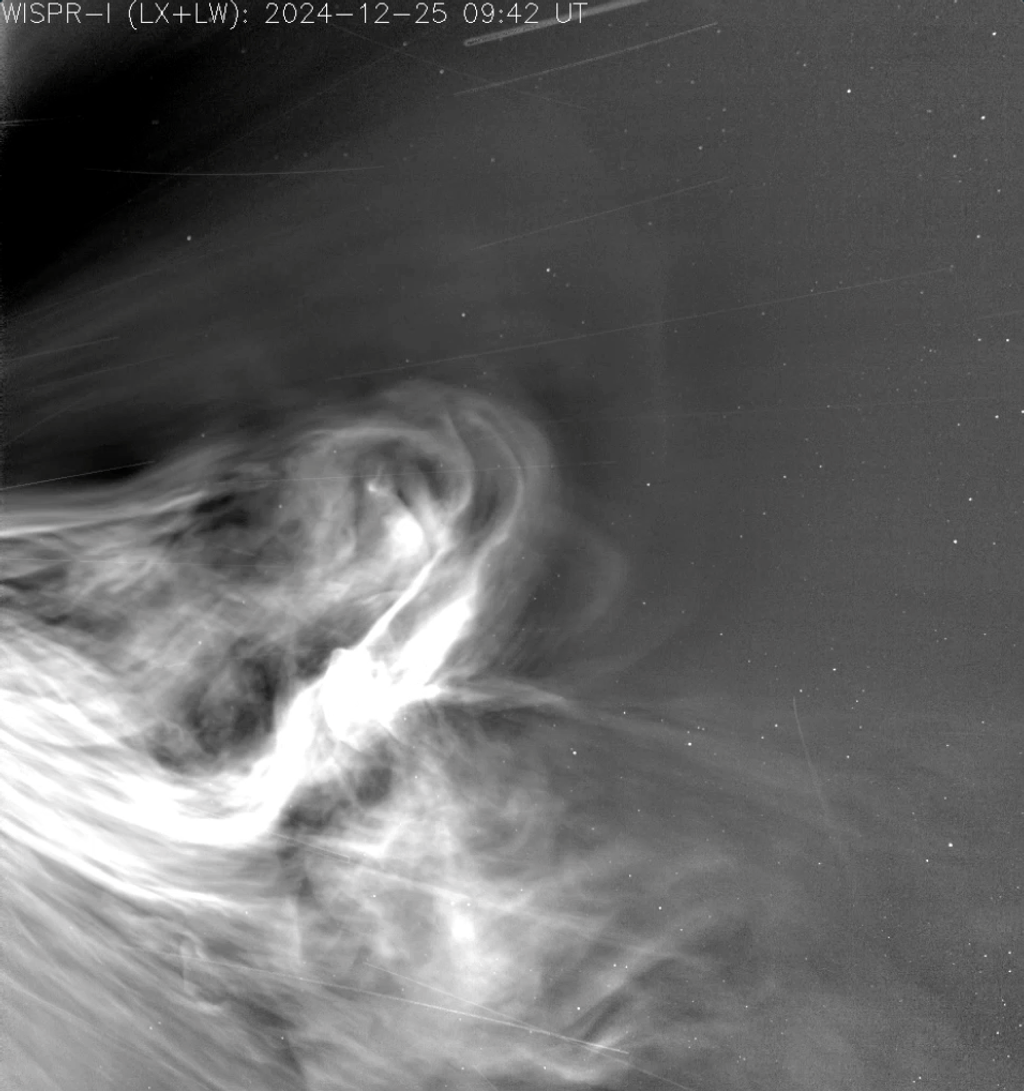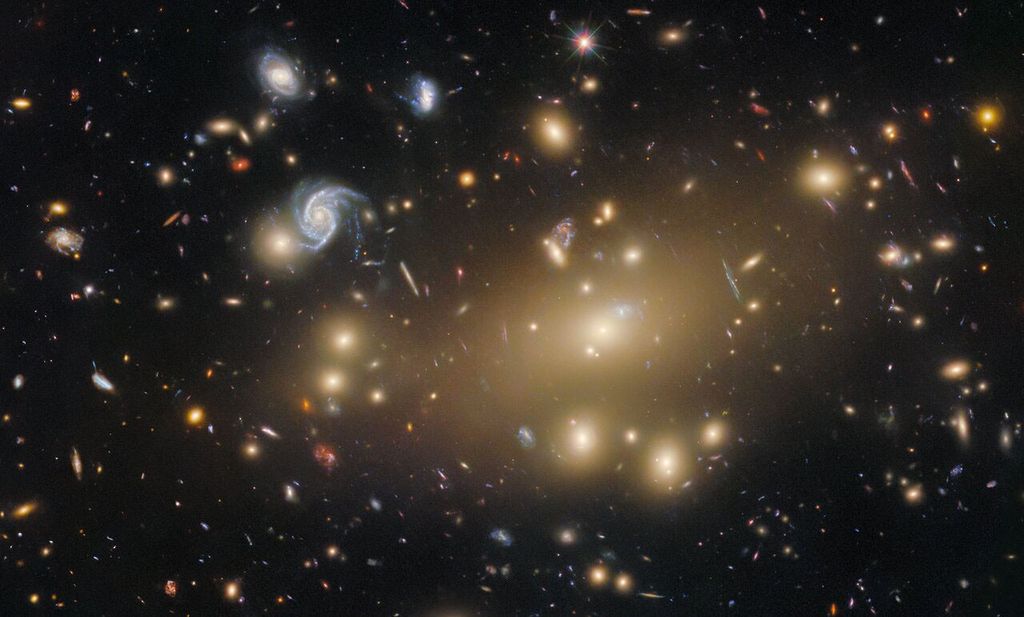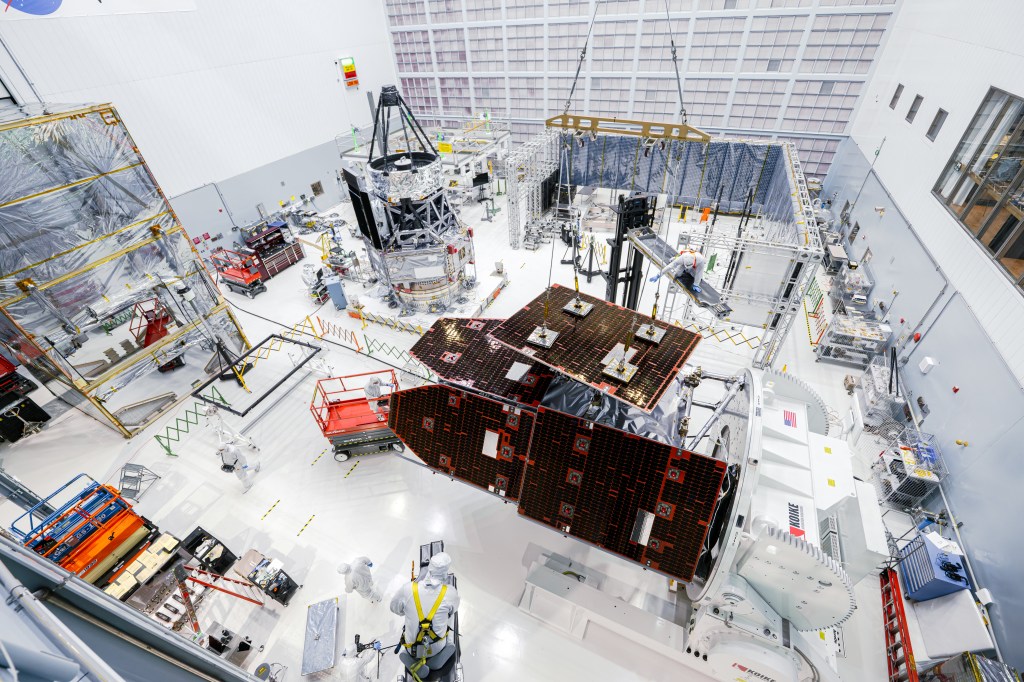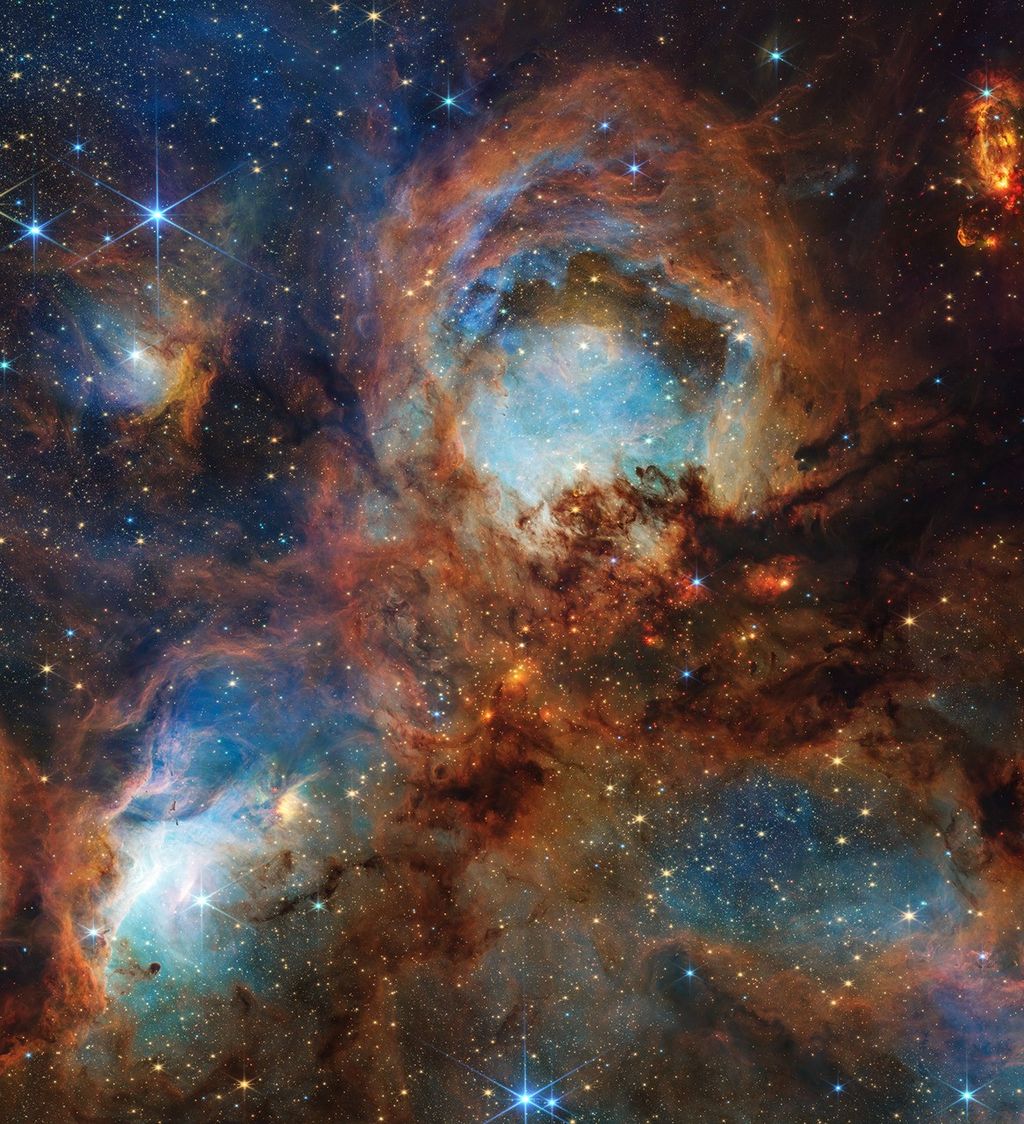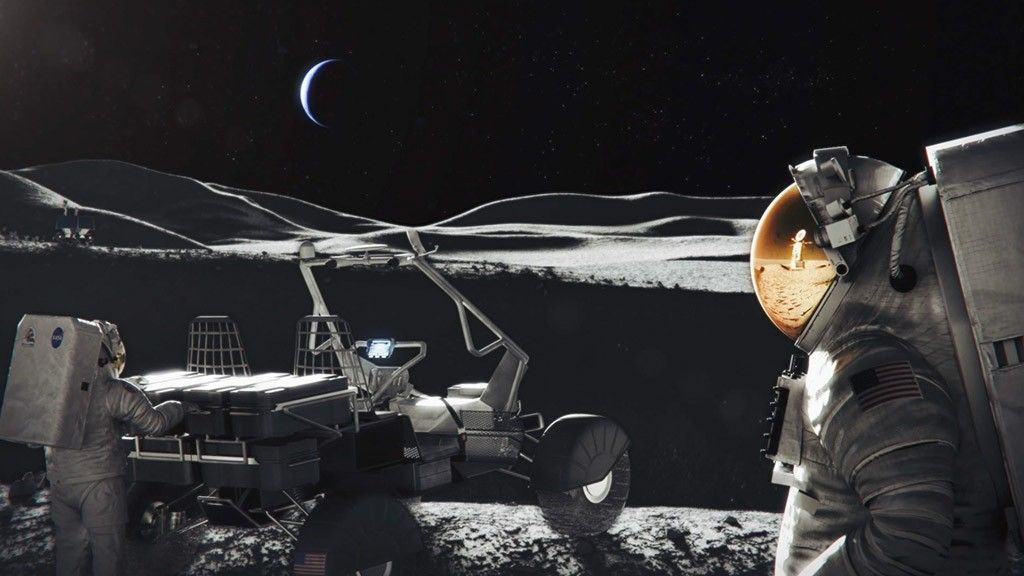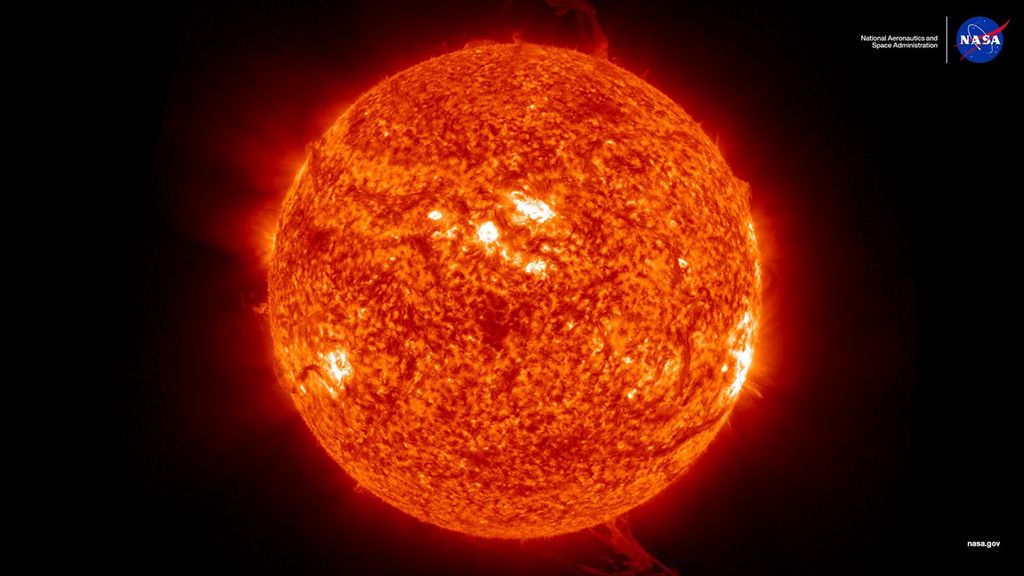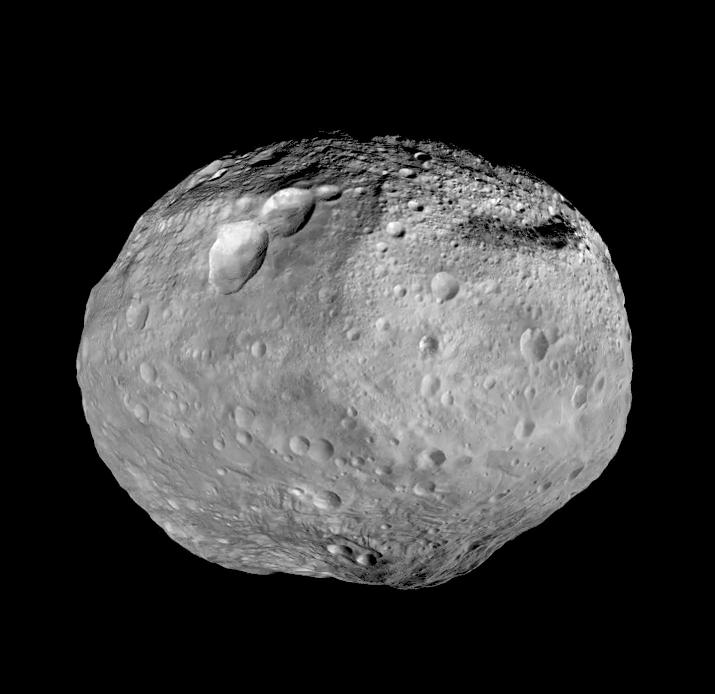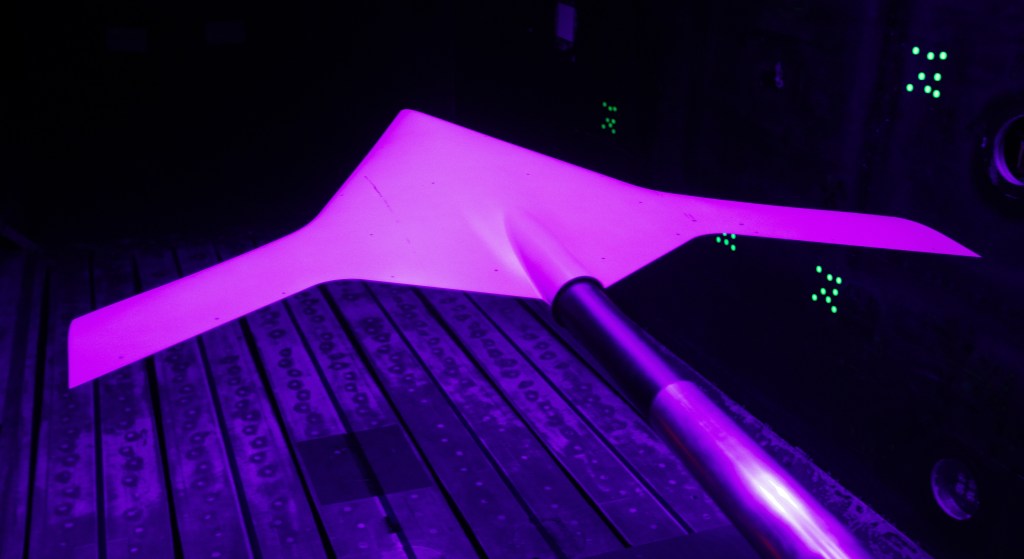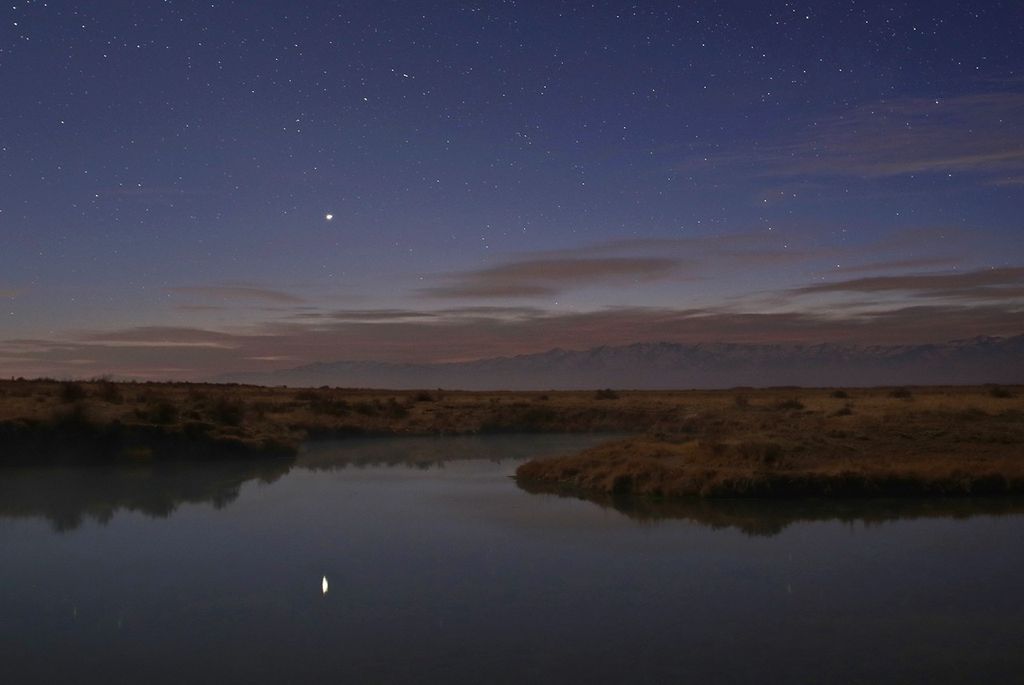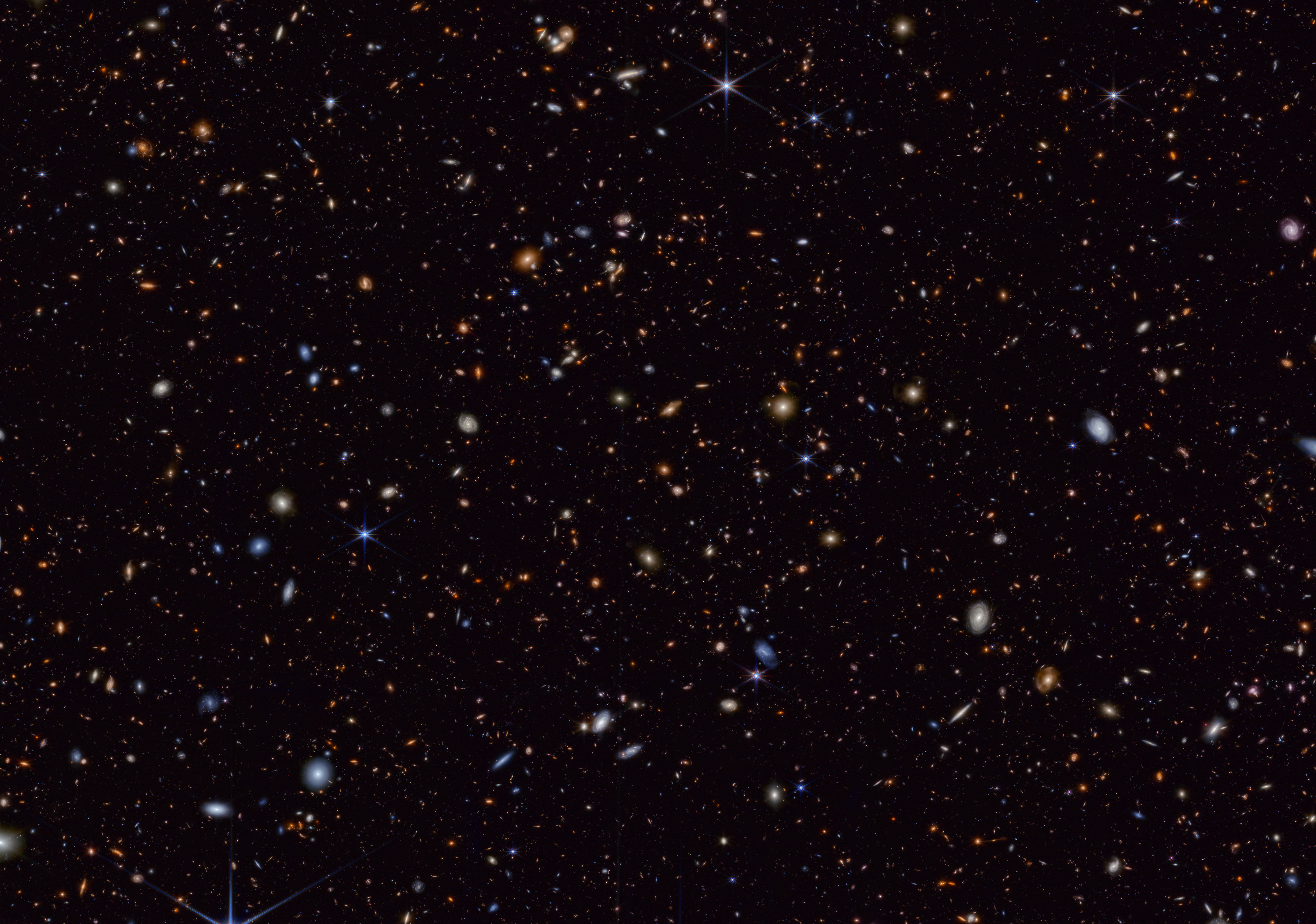Astrophysics Stories

A massive, spacetime-warping cluster of galaxies is the setting of today’s NASA/ESA Hubble Space Telescope image. The galaxy cluster in question is Abell 209, located 2.8 billion light-years away in the constellation Cetus (the Whale). This Hubble image of Abell…

It’s the cat’s meow! To celebrate its third year of revealing stunning scenes of the cosmos in infrared light, NASA’s James Webb Space Telescope has “clawed” back the thick, dusty layers of a section within the Cat’s Paw Nebula (NGC…

A previously unexplored globular cluster glitters with multicolored stars in this NASA Hubble Space Telescope image. Globular clusters like this one, called ESO 591-12 or Palomar 8, are spherical collections of tens of thousands to millions of stars tightly bound…

NASA’s newest astrophysics space telescope launched in March on a mission to create an all-sky map of the universe. Now settled into low-Earth orbit, SPHEREx (Spectro-Photometer for the History of the Universe, Epoch of Reionization, and Ices Explorer) has begun…

Since July 2022, NASA’s James Webb Space Telescope has been unwaveringly focused on our universe. With its unprecedented power to detect and analyze otherwise invisible infrared light, Webb is making observations that were once impossible, changing our view of the…

A unique new material that shrinks when it is heated and expands when it is cooled could help enable the ultra-stable space telescopes that future NASA missions require to search for habitable worlds. One of the goals of NASA’s Astrophysics…

NASA’s James Webb Space Telescope recently zeroed in on the Bullet Cluster — delivering highly detailed images that show a greater abundance of extremely faint and distant galaxies than ever before. Using Webb’s crisp near-infrared observations of this region, researchers…

The light that the NASA/ESA Hubble Space Telescope collected to create this image reached the telescope after a journey of 250 million years. Its source was the spiral galaxy UGC 11397, which resides in the constellation Lyra (The Lyre). At first glance, UGC 11397…

When two stars orbit one another in such a way that one blocks the other’s light each time it swings around, that’s an eclipsing binary. A new paper from NASA’s Eclipsing Binary Patrol citizen science project presents more than 10,000…

Present-day disk galaxies often contain a thick, star-filled outer disk and an embedded thin disk of stars. For instance, our own Milky Way galaxy’s thick disk is approximately 3,000 light-years in height, and its thin disk is roughly 1,000 light-years…

